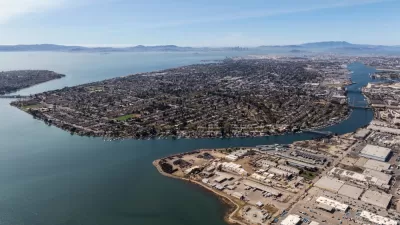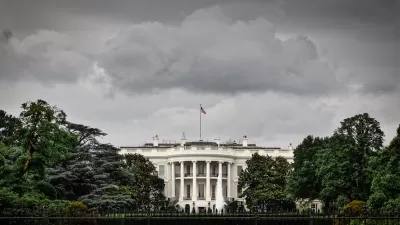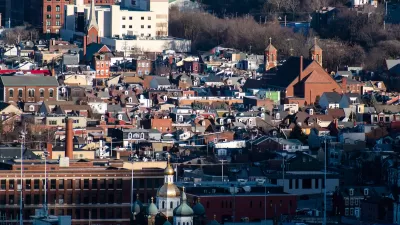A study by the Port Authority of Allegheny County warns against displacement of low-income residents and calls for an increased focus on equity in developments around transit stations.

The Port Authority of Allegheny County's "33-page self-evaluation of its five-year-old program to encourage transit-oriented development" concluded that "the agency should do more to make sure that development reaches those who need public transit the most," reports Ed Blazina.
"One of the main goals [of the program] is to increase population density around transportation stations with affordable housing so that those most likely to use transit have easy access, which would improve the quality of life for residents and ridership on public transit." Yet "the study shows that this type of development may be causing gentrification, drawing higher-income residents who don’t necessarily use public transit."
The study urges the agency to prioritize equity. "It is not simply enough to build housing units adjacent to transit: We must ensure that those who are most dependent on public transit can live and work in these developments and are not displaced as a result of them," the study says. It also "encouraged Port Authority to work more closely with local communities to set zoning requirements and encourage affordable housing to be included in projects close to transit" and reduce parking requirements to make construction more affordable and encourage transit use.
"The agency is in the process of finalizing plans to refurbish three stations over the next few years that could have development benefits on its property and the surrounding neighborhood."
FULL STORY: Port Authority study pushes more diverse development around transit stations

Trump Administration Could Effectively End Housing Voucher Program
Federal officials are eyeing major cuts to the Section 8 program that helps millions of low-income households pay rent.

Planetizen Federal Action Tracker
A weekly monitor of how Trump’s orders and actions are impacting planners and planning in America.

Ken Jennings Launches Transit Web Series
The Jeopardy champ wants you to ride public transit.

Crime Continues to Drop on Philly, San Francisco Transit Systems
SEPTA and BART both saw significant declines in violent crime in the first quarter of 2025.

How South LA Green Spaces Power Community Health and Hope
Green spaces like South L.A. Wetlands Park are helping South Los Angeles residents promote healthy lifestyles, build community, and advocate for improvements that reflect local needs in historically underserved neighborhoods.

Sacramento Plans ‘Quick-Build’ Road Safety Projects
The city wants to accelerate small-scale safety improvements that use low-cost equipment to make an impact at dangerous intersections.
Urban Design for Planners 1: Software Tools
This six-course series explores essential urban design concepts using open source software and equips planners with the tools they need to participate fully in the urban design process.
Planning for Universal Design
Learn the tools for implementing Universal Design in planning regulations.
Heyer Gruel & Associates PA
Ada County Highway District
Institute for Housing and Urban Development Studies (IHS)
City of Grandview
Harvard GSD Executive Education
Toledo-Lucas County Plan Commissions
Salt Lake City
NYU Wagner Graduate School of Public Service





























